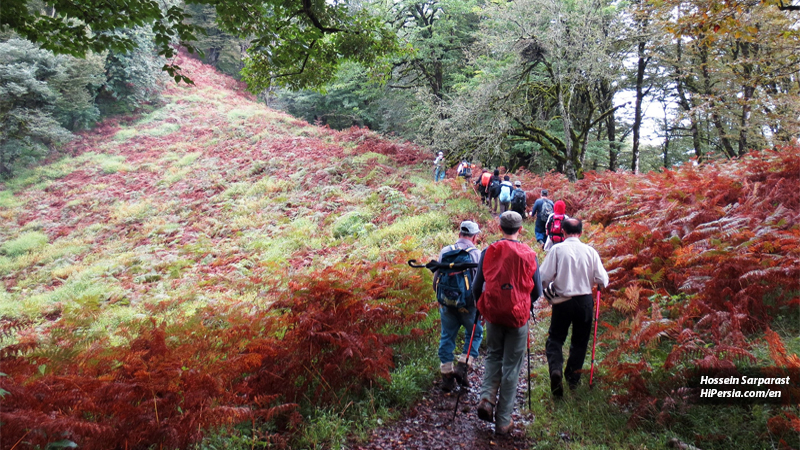



Hyrcanian forests constitute the densest forest area of Iran. Caspian Hyrcanian mixed forests are known as living fossils. These ancient forests are shared between the countries of Iran and Azerbaijan.
There are Hyrcanian mixed forests in the north of Iran that dating back to the Jurassic period. These forests are called natural museums or living fossils. The name Hyrcan is the old name of Gorgan in the Mazanderani dialect, also known as Jorjan or Varkan. It is said that the name of Varkan also wrote in the inscriptions from the Achaemenid era. Hyrcanian forests are located on the south of the Caspian Sea and starting from Azerbaijan and extending almost to Astara in Iran. These forests are unable to survive the cold, so they cannot grow up in Siberia and Europe. Hyrcanian forests are only seen in temperate climates. The height of the Iranian forests started from the sea level and continued up to two thousand and eight hundred meters.

This vegetation, however, covers an area of 55100 square kilometers, but unfortunately 51% of which are now extinct. Currently, the Hyrcanian forests are habitat to 296 bird species and 98 mammal species. There are also 150 native tree and shrub plants. The trees of these forests are a mixed broadleaf type in the southern margin of the Caspian Sea that adapt to the humid and semi-Mediterranean climate. Due to the various height of these forests, they have different vegetation. The most famous of these trees are beech, oak, alder, elm, European ash, box, etc.

The animals that live in these forests are brown bears, black-tailed fox, leopard, wolf, boar, jackal, marten, hedgehog, rabbit, badger, Allegheny woodrat and wild cat, etc.
One of the most unique landscapes of Iran is seen in the Abr jungle. The clouds are lower than the mountain forest due to the pressure difference in the area and create a unique landscape.
Azerbaijan applied for UNESCO registration of Hyrcanian forests for the first time, but it was rejected due to the small part of forests are located in Azerbaijan. Then, for a long time, the two countries decided to submit this request to UNESCO. Because UNESCO writes the names alphabetically, the two countries did not agree on this subject, so these forests are not registered in UNESCO.

Although Iran has a lower forest cover, we see a decrease in some of the Hyrcanian forests every year. One of the central causes of these losses is the irregular expansion of the wood and paper industries. Another significant reason is construction projects such as building a dam without doing enough research.






“Oh! Squander not this breath that Heaven hath lent thee, Nor make too sure another breath to borrow!’” Khayam